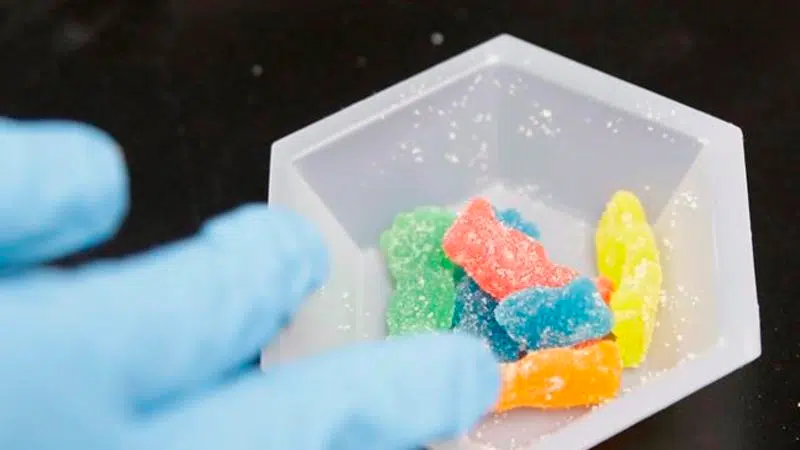
Edibles, other pot products, will hit shelves after mid-December: Ottawa
Canadians looking to buy cannabis-infused brownies or lotions will find a “limited selection” in legal stores in mid-December at the earliest, the federal government says, but industry players expect the full rollout of next-generation pot products to come in 2020 or later.
Health Canada on Friday released its final regulations governing the new classes of cannabis-infused goods, including topicals and vaporizable concentrates, and indicated the rules will come into force on Oct. 17 — exactly one year since the legalization of recreational pot in Canada.
However, the Ottawa-based agency noted that after the law takes effect, federal cannabis licence holders must provide 60 days notice to the agency of their intent to sell new products.
That means that they will hit legal retailers’ shelves no earlier than mid-December.


